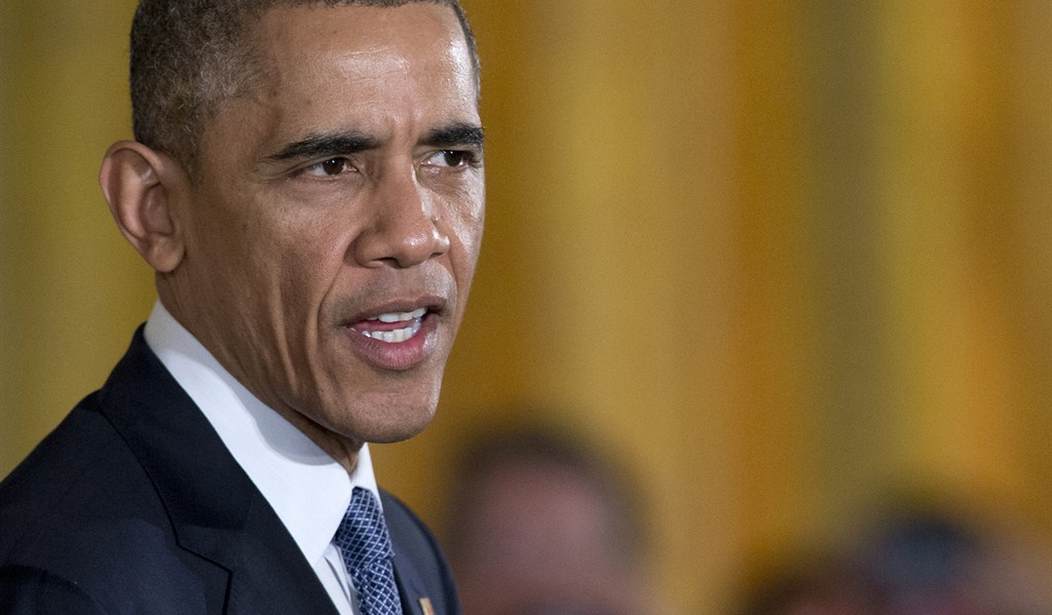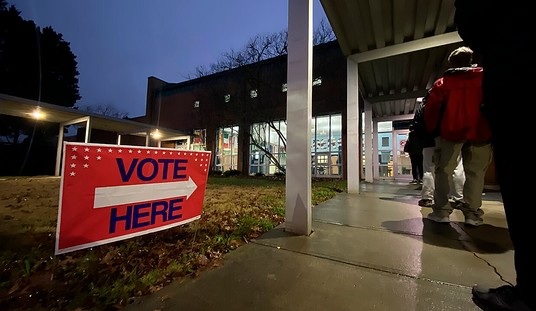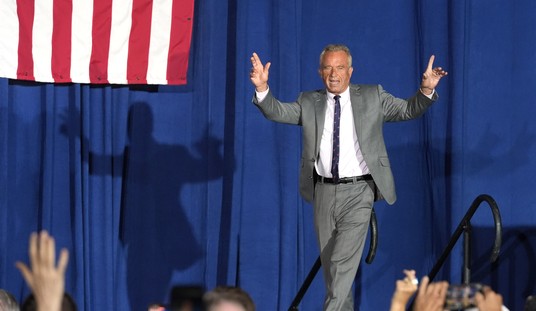"When the facts change, I change my mind," economist John Maynard Keynes said when charged with inconsistency. "What do you do, sir?"
As President Obama threatens to stretch his power to faithfully execute the law to a breaking point by effectively legalizing some 5 million illegal immigrants, perhaps I owe readers an explanation of my own changes of mind on immigration.
I tended to support the so-called comprehensive immigration bills passed by the Senate in 2006 and then rejected by the Senate in 2007, due to missteps by new Majority Leader Harry Reid. But I think the similar bill the Senate passed in 2013, which never came forward in the House, is a wrongheaded approach.
Why? Because the facts changed.
When the 2006-07 bills were drawn up, just about everyone assumed that the surge of both legal and illegal immigration from Latin America, mostly from Mexico, would continue indefinitely. With low unemployment, it seemed there was demand for the mostly low-skill workers that would keep arriving.
Economists skeptical of immigration could point to only small downward pressure on low-skill wages in the United States as a result. Otherwise, the economy benefited. The need, then, was to regulate this flow by securing the border and improving workplace enforcement. Technological advances seemed to make this possible.
But even as Reid was killing a bill that could have passed the House and was supported by President George W. Bush, the facts started changing. Housing prices peaked and started falling. Mortgage foreclosures climbed, and a vastly disproportionate number of them struck Hispanics.
Recommended
The surge of Latin immigration, which had grown in the 25 years from 1982 to 2007 -- the same span of time as the huge surge of internal migration of Southern blacks to the North from 1940 to 1965 -- suddenly ended. Net migration from Mexico to the United States between 2007 and 2012 was zero, according to the Pew Hispanic Center. The number of illegal immigrants in the United States fell.
The economy dived into a recession, followed by years of agonizingly sluggish economic growth. Most Americans think the recession is still on. The demand for low-skill workers has plummeted. The need for high-skill workers with the potential to increase overall productivity has increased.
With the midterm elections over, Obama is itching to effectively legalize millions of mostly low-skill illegals -- one aspect of the 2006-07 and 2013 bills that the nation clearly doesn't need in 2014.
Back in 2006-07, I argued that providing a path to legalization for illegal immigrants would not incentivize further illegal immigration because the surge of Latin immigration would continue one way or the other. But the surge is over. Last summer we saw how the prospect of legalization -- Obama's 2012 "Dreamers" executive order -- incentivized a surge of illegal Central Americans across the Rio Grande. The facts changed, undermining my own argument.
American immigration law is an accretion of old statutes. Latin and Mexican immigration surged despite low quotas in the 1965 act because of the family reunification provisions carried over from an earlier 1924 law. But America's economy doesn't need more low-skill collateral family members now.
High-skill immigration is channeled through H-1B visas established in earlier law. These tend to tie high-skill immigrants to particular employers. The high-tech lobby pushed relentlessly for more H-1B's in the 2006-07 and 2013 legislation. Comprehensive immigration bills are a deal among lobbyists: legalization for the Hispanic lobby, H-1B's for the high-tech lobby, other provisions for other lobbies.
A better idea is to start all over again rather than patching immigration acts that are now 90, 49 and 28 years old. The United States should follow the successful examples of our Anglosphere cousins, Canada and Australia. They reserve most immigration slots for high-skill applicants who qualify under their point systems. The result: They have more immigration than we do as a share of their populations, and they also have higher test scores and more economic growth. Conservatives might note that both have conservative governments.
America always needs high-skill immigrants. And we don't need to tie them to specific employers. Let them make their way in what is still, despite over-taxation and over-regulation, our free enterprise system. The country will be richer for it.
There is something in a high-skill immigration system for both political parties. Republicans could talk about whom they'd let in, not whom they'd keep out. Democrats could finally endorse a policy that would produce economic growth.
All high-skill immigration policy lacks is a lobby. Maybe some members of Congress will step forward and fill the gap.
























Join the conversation as a VIP Member